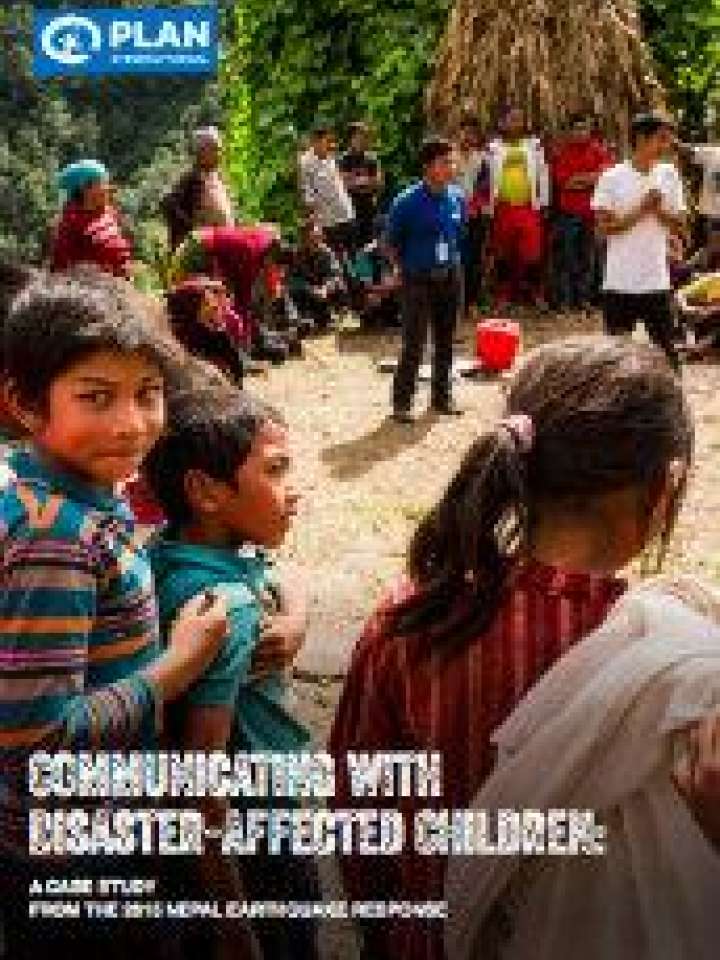Communicating with disaster-affected children: a case study from the 2015 Nepal earthquake response
Source
This report examines the information provision by humanitarian responses and their communication to and with girls and boys affected by the 2015 Nepal earthquake. The report is divided into three sections that present successes and gaps in the meaningful participation of children and youth of the earthquake response, based on documented initiatives, such as the inter-agency children’s consultation2 as well as individual interviews and group consultations with girls and boys. It aims to answer the following questions:
- How were children provided with information and consulted about their needs and priorities after the earthquake in Nepal?
- How did humanitarian responders communicate with children?
- How were children engaged in accountability mechanisms?
Explore further
Hazards
Earthquake
Themes
Children and Youth
Recovery
Country and region
Nepal

